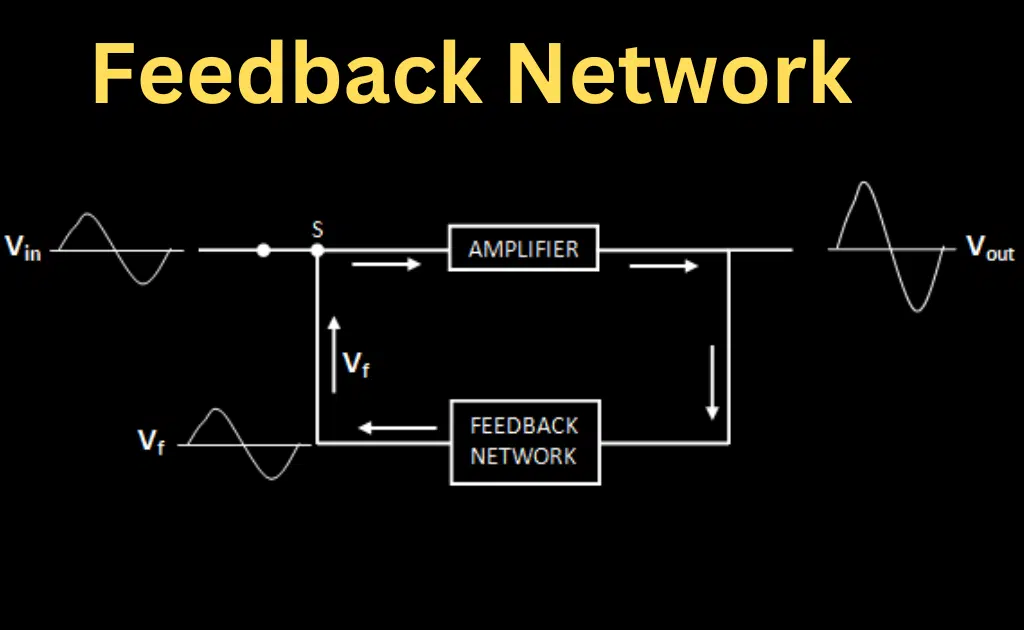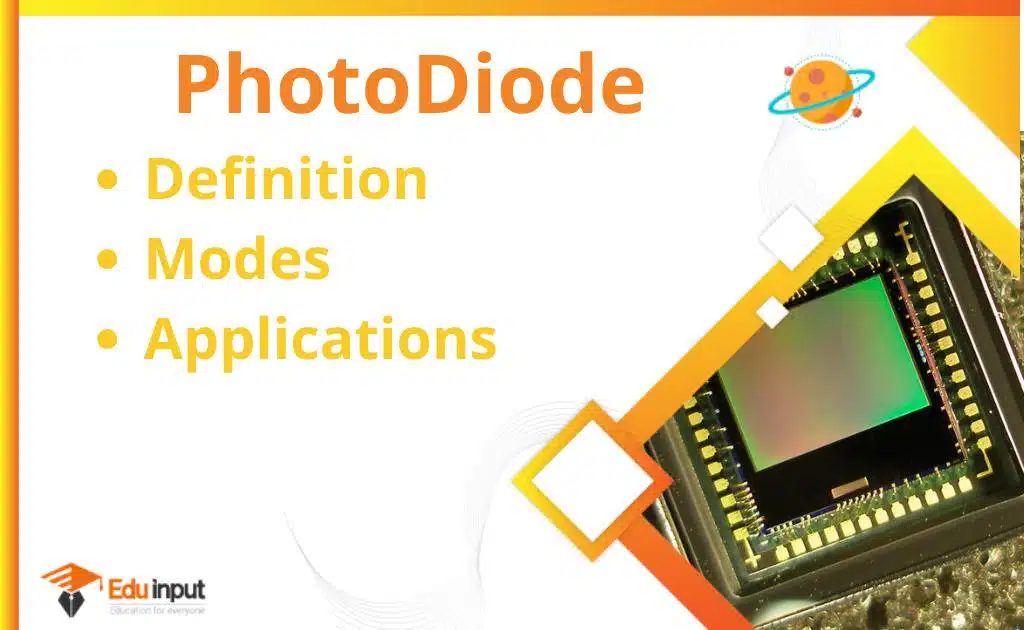Light-Emitting Diode(LED) | Definition, Types, Advantages, And Disadvantages
A light-emitting diode is a light source that emits light when the current flows through it.
light-Emitting Diode
An electronic device that emits visible or IR light when it is charged with an electric current is called a light-emitting device. In many electronic devices, visible light-Emitting Diodes are used as indicator lamps, in automobiles as rear window and brake lights, and on billboards and signs as full-color posters.
Light sources in fiber-optic telecommunication systems, as well as light sources in autofocus cameras and television remote controls, are employed in the use of infrared LEDs.
Working of LED
In a light-emitting Diode, the recombination of electrons and electron holes in a Semiconductor produces light, which can be visible, visible, or UV. The wavelength of the light can be determined by the energy band gap of the semiconductors used.
Since these materials have a high index of refraction, design features of the devices such as special optical coating and die shape is required to efficiently emit light. Unlike most lasers, its radiation is not spatially coherent, so it cannot approach the high-intensity characteristic of lasers, and its spectrum is sufficiently narrow that it appears to the human eye as a pure (saturated) color.
Types of light-Emitting Diode
- Miniature light-Emitting Diodes
- High-Power light-Emitting Diodes
- Flash light-Emitting Diode
- Bi and Tri-Colour
- Red Green Blue light-Emitting Diodes
- Alphanumeric light-Emitting Diode
- Lighting light-Emitting Diode
Uses of light-Emitting Diode
Light-emitting devices are used in a lot of fields including optical communication, alarm, and security systems. They are also used in remote-controlled operations and more. We use it in a lot of places because of its long-lasting capability, low power requirement, fast switch capacity, and rapid response time. We are going to take a look at some of the standard uses of the light-emitting diode.
TV back-lighting
The TV’s backlight is the main power-hungry source. Efficient power reduction can be achieved with the use of LEDs. When we use LED at the TV’s edges, it is going to be a cost-reduction option. The difference between the display and the LEDs behind it is much better. This is the reason why TV backlighting has been replaced with LEDs.
Smartphone Backlighting
It is possible to make a low-cost backlight design for our smartphones with the help of LEDs. As per the size of the display of the phone, the price ofLED can be different, but the lower output voltage ensures a longer battery life.
Displays
Storage signs, billboards, road signs, etc., are some of the things that use outdoor display boards. In signboards that have multiple languages, the use of more LEDs will be beneficial in terms of less power consumption.
Automotive
There has been an increase in the use of LEDs in the automotive industry. It is possible to save energy and make visibility clearer by using them. Better accessibility is given by the fact that they come in use in the back and rear of an automobile. It can enhance the pedestrian’s and driver’s safety because of enhanced visibility.
Advantages of light-Emitting Diode
The efficiency of lighting is not affected by size or shape. Traditional lighting methods need to use color filters in order to emit light. This can lower costs. The smallest LEDs can be attached to printed circuit boards. The LEDs light up quickly. Communication devices that use LEDs have even faster response times. With frequent on-off cycling, LEDs are ideal for use, unlike high-intensity discharge lamps that take a long time to restart.
When viewed on camera or by some people, LED lights, particularly headlights on cars, seem to be dim due to pulse-width modulation. This type of effect is called the stroboscopic effect. In contrast to most light sources, the LEDs emit very little heat in the form of IR, which can cause damage to sensitive objects or fabrics.
As heat moves through the base of the light-emitting device, wasted energy is dispersed. There are two types of failure: slow failure and abrupt failure. Slow failure is caused by dimming over time, whereas abrupt failure is caused by overloading. One report estimates 35,000 to 50,000 hours of useful life, though the time to complete failure may be shorter or longer, depending on the condition of use.
Several DOE demonstrations have shown that reduced maintenance costs from this extended lifetime, rather than energy savings, are the primary factor in determining the payback period for an LED product. Incandescent and fluorescent sources often require an external reflector to collect light and direct it in a usable manner.
The total internal reflection (TIR) lens is often used for larger packages. Many light sources are usually deployed when large quantities of light are needed, which makes it difficult to focus or collimate towards the same target.
Disadvantages of light-Emitting Diode
The ambient temperature of the operating environment is the most important factor in determining the performance of the LEDs. Failure of the device may be caused by overheating of the package as a result of overdriving the light-Emitting Diodes in high ambient temperatures. It is necessary to have a heat sink to maintain a long life.
It’s important in automotive, medical, and military uses where devices need to operate over a wide range of temperatures and have low failure rates. The LEDs must be supplied with a voltage above their threshold and a current under their rating.
Current and lifetime changes can be very large with a small change in applied voltage. They need a current regulated supply (usually just a series Resistor for indicator LEDs) in order to make cool-white LEDs. Red surfaces being rendered particularly poorly by typical phosphor-based cool-white due to metamerism can make the color of objects appear differently under cool-white led illumination than sunlight or incandescent sources. The same thing happens with green surfaces.
The Color Rendering Index is used to measure the quality of a color rendition of any LED. The area light source is not a point source of light giving a spherical light distribution, but a Lambertian distribution. LEDs are difficult to apply to uses that need a spherical light field; however, different fields of light can be manipulated by the application of different optics or “lenses”. It is not possible for LEDs to provide divergence below a few degrees.






Leave a Reply